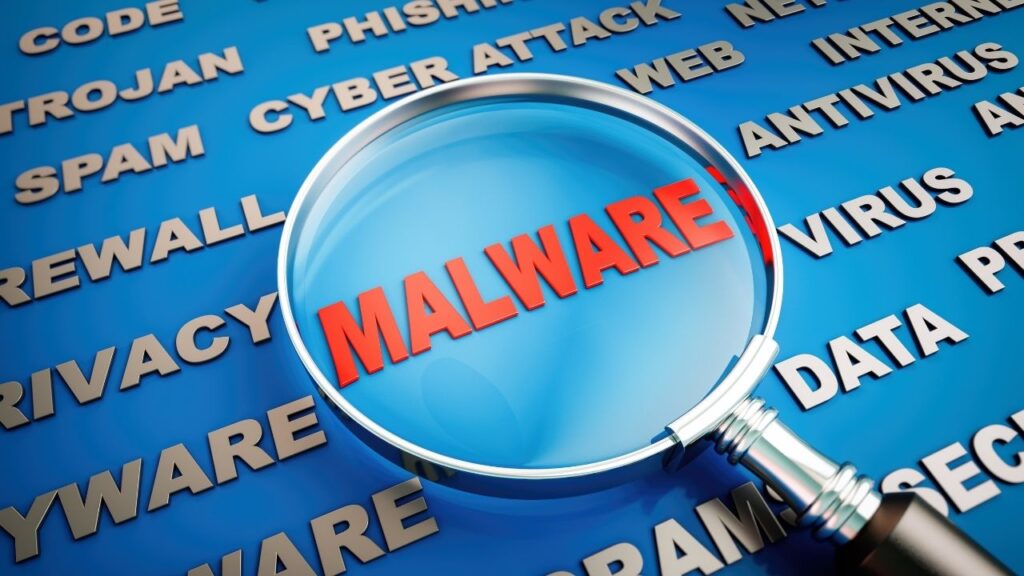Skyflare monitors third party resources of the shop, each resource (specifically JavaScripts) is analyzed to detect malicious code and unauthorized changes using machine learning algorithms to identify malicious code changes and identify legitimate ones.
Shopify is a leading e-commerce platform that allows businesses to create online stores easily. However, like any digital platform, Shopify is not immune to cybersecurity threats, including malware. This article explores how malware can affect Shopify stores, the risks involved, and strategies for preventing and addressing malware infections.

What is Malware?
Malware, short for malicious software, is any software intentionally designed to cause damage to a computer, server, or network. It includes viruses, worms, trojan horses, ransomware, spyware, adware, and other malicious programs. In the context of e-commerce platforms like Shopify, malware can compromise store security, steal customer data, and disrupt business operations.
How Malware Affects Shopify Stores
Malware can infiltrate Shopify stores in several ways, leading to various harmful effects:
- Data Theft: Malware can steal sensitive information such as customer payment details, personal information, and store data.
- Website Defacement: Malicious actors can alter the appearance of your website, often to display unauthorized content or misleading information.
- SEO Spam: Malware can inject spammy content into your website, damaging your search engine rankings and reputation.
- Ransomware Attacks: Attackers can lock your data and demand a ransom for its release.
- Performance Issues: Malware can slow down your website, leading to a poor user experience and lost sales.

Real Cases of Malware on Shopify
Several Shopify stores have faced malware attacks, illustrating the importance of robust cybersecurity measures.
Case 1: Credit Card Skimming
In one instance, a Shopify store experienced a credit card skimming attack, where malware was injected into the site’s checkout process. The malware captured and transmitted customers’ credit card information to the attackers. The store discovered the breach after multiple customers reported unauthorized transactions. The store had to notify affected customers, enhance their security measures, and work with cybersecurity experts to remove the malware.
Case 2: SEO Spam Injection
A Shopify store specializing in organic products found that its website had been compromised with SEO spam. The malware injected hidden links and keywords into the site’s content, redirecting visitors to unrelated and potentially harmful websites. This not only damaged the store’s SEO ranking but also harmed its reputation among customers. The store owners had to perform a thorough site cleanup and implement stronger security protocols.
Case 3: Ransomware Attack
A Shopify store selling handmade crafts became the target of a ransomware attack. The attackers encrypted the store’s data and demanded a ransom payment for the decryption key. The store’s operations were halted, leading to significant financial losses. The owners decided not to pay the ransom and instead worked with cybersecurity professionals to restore their data from backups and strengthen their security systems to prevent future attacks.
Learn more about Shopify fraud issues: 15 Ecommerce Fraud Issues Affecting Shopify Online Shops (2024)

How to Secure Your Shopify Store from Malware
Implement Strong Security Practices
- Use Strong Passwords: Ensure that all user accounts have strong, unique passwords.
- Enable Two-Factor Authentication (2FA): Add an extra layer of security by requiring a second form of verification.
- Regular Software Updates: Keep all software, including themes and plugins, up to date to protect against known vulnerabilities.
Monitoring and Analytics
- Regular Scans: Use security tools to scan your website regularly for malware and vulnerabilities.
- Monitor Activity Logs: Keep an eye on your Shopify admin activity logs to detect any suspicious behavior.
Using Advanced Security Tools
- Skyflare: Provides real-time monitoring and automated solutions to detect and prevent malware and other cybersecurity threats.
- Shopify App Store Security Tools: Utilize apps from the Shopify App Store designed to enhance security, such as fraud prevention tools and malware scanners.
Educate Your Team
- Training: Ensure that all team members are aware of best practices for cybersecurity and how to identify potential threats.
- Incident Response Plan: Have a clear plan in place for responding to security incidents, including steps for isolating affected systems and communicating with customers.
Conclusion
Malware poses a significant threat to Shopify stores, potentially leading to data breaches, financial losses, and damage to your brand’s reputation. By understanding the risks and implementing robust security measures, you can protect your store and customers from these threats. Regular monitoring, strong security practices, and the use of advanced tools like Skyflare can help ensure that your Shopify store remains secure.
Learn more about E-commerce fraud: E-Commerce Fraud: Five Main Types and Their Effects on Online Retailers
FAQs
What is malware?
Malware is malicious software designed to damage or disrupt systems, steal data, or cause other harm.
How can malware affect my Shopify store?
Malware can steal sensitive data, deface your website, inject SEO spam, launch ransomware attacks, and degrade your site’s performance.
What tools can help prevent malware on Shopify? Tools like Skyflare and security apps from the Shopify App Store can help detect and prevent malware.
How can I secure my Shopify store from malware? Implement strong security practices, enable two-factor authentication, keep software updated, perform regular scans, monitor activity logs, and educate your team on cybersecurity best practices.
What should I do if I find my Shopify store has malware?
Immediately isolate affected systems, notify related customers, work with cybersecurity professionals to remove the malware, and review and strengthen your security measures.




